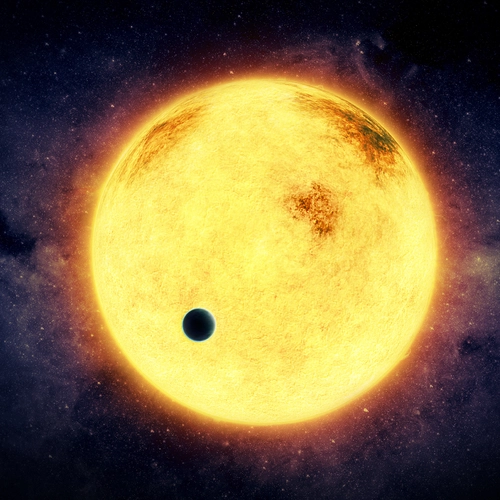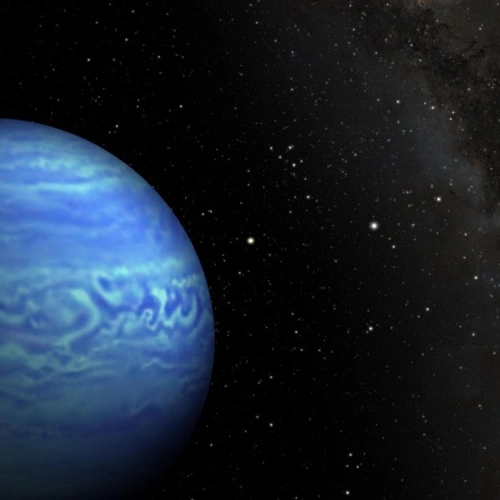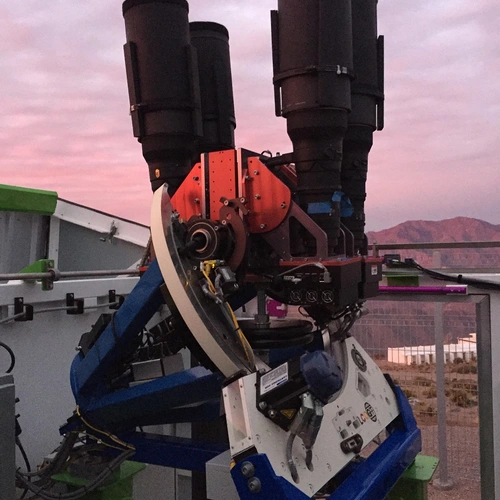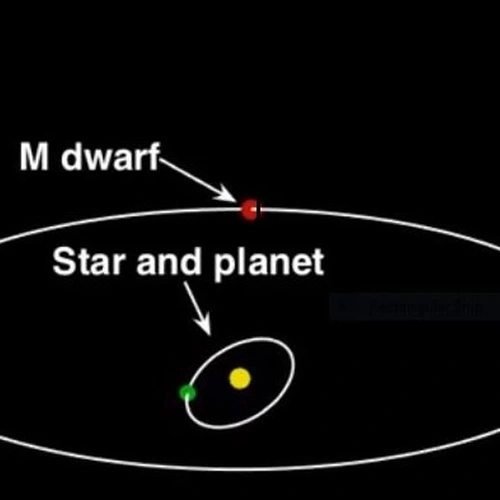Overview
Globular clusters are spherical systems of about 100,000 stars. They are among the oldest components of our galaxy and are key to understanding the age and scale of the universe. Previous measurements of their distances have compared the characteristics of different types of stars in the solar neighborhood with the same types of stars found in the clusters. However, these measurements have systematic errors, which limit the determination of cluster ages and distances.
Ian Thompson has a different approach to the problem: using observations of exceedingly rare Detached Eclipsing Binary stars. These systems have two separated stars orbiting each other such that the orbital plane is in the line of sight to the stars. As one star passes in front of the other the total light is modulated, and the shapes of these eclipses determine their relative sizes and separation. Variations in their radial velocities and Kepler's laws yield absolute dimensions of the system. Distances to the binaries can then be measured by comparing their apparent brightness with their surface brightness, as estimated from their infrared colors. The ages can be determined when one of the stars is at the end of its main-sequence lifetime.
Thompson searches for these stars by monitoring a sample of nearby southern globular clusters with the Swope 1-meter telescope over many nights to detect eclipses and measure the orbital periods. The shape of the light curves are measured with the du Pont 2.5-meter telescope, and radial velocity curves are now being obtained with the MIKE echelle spectrograph on the Clay telescope. Only one to four eclipsing binaries have been detected in each cluster, but these are sufficient to overhaul our imperfect knowledge of their distances and ages.
Thompson also works on instrumentation. With instrument scientist Greg Burley, he has built the CCD cameras for Magellan instrumentation (IMACS, MagE, MIKE, and LDSS3) and the guide cameras for the two Magellan telescopes. Future projects include a camera for the Magellan Planet Finding Spectrograph, and a novel astrometric camera for the du Pont telescope being built in collaboration with Alan Boss of Carnegie's Department of Terrestrial Magnetism.
Thompson searches for these stars by monitoring a sample of nearby southern globular clusters with the Swope 1-meter telescope over many nights to detect eclipses and measure the orbital periods. The shape of the light curves are measured with the du Pont 2.5-meter telescope, and radial velocity curves are now being obtained with the MIKE echelle spectrograph on the Clay telescope. Only one to four eclipsing binaries have been detected in each cluster, but these are sufficient to overhaul our imperfect knowledge of their distances and ages.
Thompson also works on instrumentation. With instrument scientist Greg Burley, he has built the CCD cameras for Magellan instrumentation (IMACS, MagE, MIKE, and LDSS3) and the guide cameras for the two Magellan telescopes. Future projects include a camera for the Magellan Planet Finding Spectrograph, and a novel astrometric camera for the du Pont telescope being built in collaboration with Alan Boss of Carnegie's Department of Terrestrial Magnetism.
CV
- Ph.D. in Physics and Astronomy, 1980, University of Western Ontario
- M.Sc. in Physics and Astronomy, 1974, University of British Columbia
- B.Sc. in Physics and Astronomy, 1971, University of British Columbia






